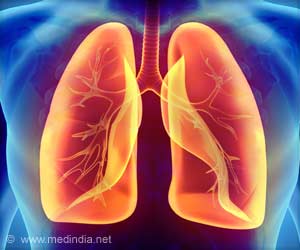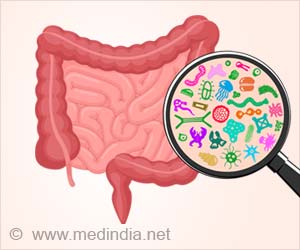A new microscopy method has been developed by scientists to observe the structures many bacteria use to crawl.

‘Bacterial surfaces are decorated with protein filaments involved in motility, adhesion, signaling and pathogenicity, which ultimately rule how bacteria interact with their environments. ’





The scientists studied the bacterium Pseudomonas aeruginosa, an opportunistic pathogen that is commonly found in soil. It is one of the most medically concerning bacteria: a leading cause of hospital-acquired infections and of serious infections in cystic fibrosis, traumatic burns, and immunocompromised patients, it is now ranked #1 in the World Health Organization's antibiotic resistant watch-list. But do single bacteria orchestrate type IV pili motion to power their motility? "In our studies of type IV pili and mechano-activation of virulence in Pseudomonas aeruginosa, one technical paradox has been a source of frustration: pili, but also fimbriae, flagella, and injection systems permanently extend outside single cells, so why can't we directly visualize them?" To overcome this, the scientists explored an emerging microscopy method pioneered by their collaborator Philipp Kukura at Oxford University. Using a technique called interferometric scattering microscopy (iSCAT), they were able to see these nanometers-wide filaments in live cells, without any chemical labels, at high speed, and in three dimensions.
"iSCAT represents a major technological advance in microbiology," says Persat. "We recently described the visualization technique and received extensive positive feedback among scientists across a variety of disciplines simply because we could finally dynamically observe pili in live bacteria straight out of culture."
To understand the coordination of type IV pili movements, the scientists focused on precisely timing the succession of surface attachment, retraction, and cell body displacements using iSCAT. The approach revealed three key events that lead to successful and energetically efficient movement across surfaces.
First, contact of the pilus tip with the surface activates a molecular motor that initiates retraction. Second, this retraction enhances the attachment of the pilus to the surface, increasing the bacterium's displacement. Finally, a second, stronger molecular motor enforces the bacterium's displacement under high friction.
Advertisement
"The human central nervous system processes mechanosensory signals to sequentially engage motor components, thus triggering muscle contraction and resulting in gait," explains Talà. "Our work shows that in the same manner, bacteria use a sense of touch to sequentially engage molecular motors, generating cycles of pili extension and retraction that result in a walk pattern."












